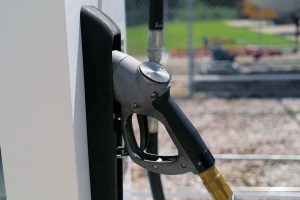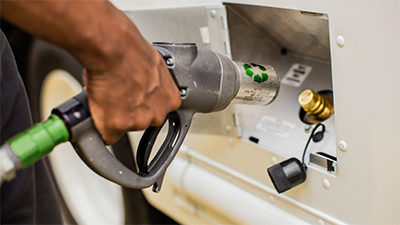Alternative Fuels on the Rise

Last week, the U.S. Energy Department’s Energy Information Administration (EIA) released its latest alternative fuel vehicle data. Bottom line: Alternative fuel vehicle usage continues to increase.
Combine that with other EIA research showing conventional fuel prices are not backing down. In fact, the gap between conventional fuels and domestically produced gaseous fuels (propane autogas and natural gas) will remain significant through at least 2022.
The growth of my company supports the accuracy of EIA’s research. At ROUSH CleanTech, we’re expecting to sell double the number of propane autogas fuel systems in our history this year alone — about 75 percent of those replacing high-priced diesel applications. Ford announced last month that they’ve seen a 350 percent increase in the past three years for commercial vehicles sold with engines factory-prepped for gaseous fuel.
Compared to conventional fuels, gaseous fuels like propane autogas and compressed natural gas cost 40 to 50 percent less at the pump and emit significantly lower levels of smog producing hydrocarbons and greenhouse gases. With more product choices hitting the market covering a wide range of GVWR, fleet operators have greater options to serve their specific transportation needs.
The nation’s short- and long-term energy outlook is solid for alternative fuel use. That’s good for all of us.













